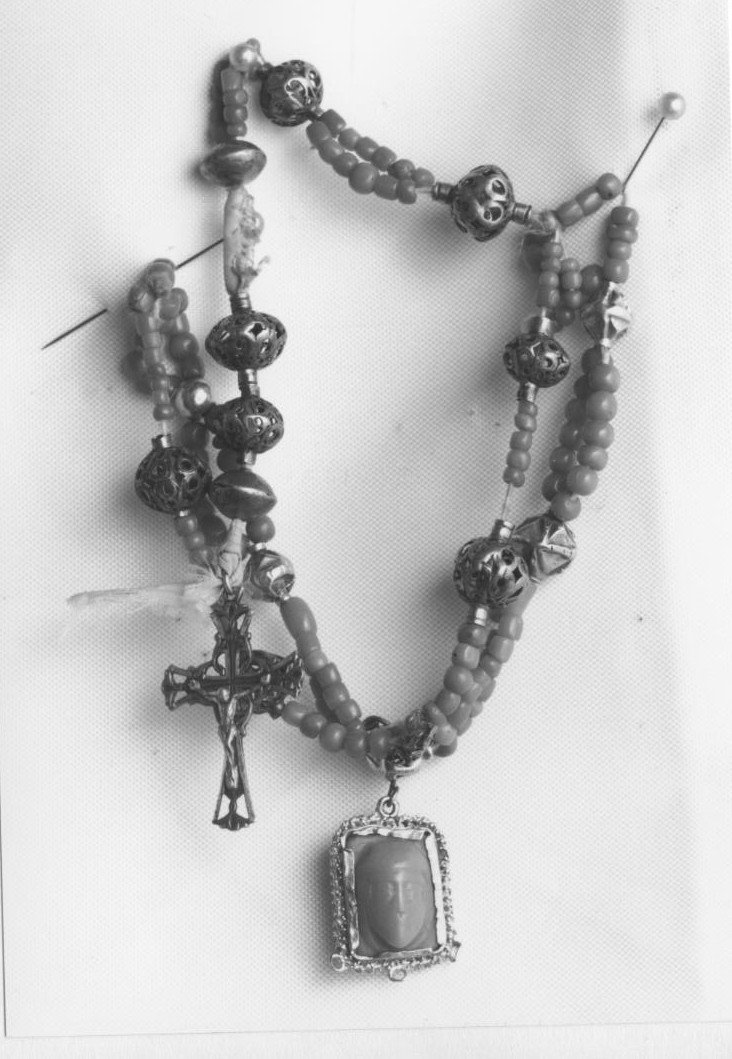The archaeological complex is located in the open countryside, on the Campu 'e Corra plateau.
Cornus was founded by the Carthaginians at the end of the 6th century BC. The acropolis of the Punic city was located on the hill of Corchinas, around which the residential and craft districts developed. This first Carthaginian phase is witnessed by the city walls, burials and various finds of material culture. Cornus was the center of the Sardinian-Punic resistance against the Romans, on the occasion of the revolt that broke out in 215 BC in the middle of the Second Punic War. The Roman phase is witnessed by a thermal building.
The most important moment is the late antique period, when, not far from the ancient settlement, the Christian complex of Columbaris developed. Three basilica buildings have been identified and, in the sector most to the E, an extensive cemetery area. The latter seems to have had its first phase in the middle of the 3rd century or in the first half of the 4th AD, when the Roman thermal building was reused for funerary purposes. Earthy tombs covered with tiles, called “cappuccina”, have been recognized, partly visible on site, and burials inside amphorae, called “enkytrismos”; it is also worth mentioning the discovery of 'mensae' for the funeral rite of the 'refresherium'.
In the same period, the first basilica (1) was built, recognizable by its apsidal structure: the most prominent faithful of the community were buried in it, inside stone sarcophagi, some of which are still in situ. In front of this first building, a small room functioned as a baptistery. This first Christian nucleus stopped being used and was abandoned after the 8th century.
The other two basilicas (2 and 3) can be dated to the V-VI century, communicating with each other and oriented according to opposite axes. The main one (2), with an E-oriented apse, is divided into three naves separated by pillars; in the center of the main aisle, the base of the altar is still partially recognizable and, in front of it, in the direction of the apse, the staircase of the episcopal throne, on whose sides two small rooms acted as “pastophoria”. The minor basilica (3) has the same floor plan as the larger one, but the apse, raised and flanked by two small “pastophoria”, is oriented to O. A moment after its construction, it was transformed into a baptistery: the external structure of the basilica was maintained, but inside was placed a polygonal baptismal font, 90 cm deep, originally covered with a canopy supported by columns and placed in the center of the building, which became cruciform.
In OR of the basilicas, wall structures are recognized pertaining to buildings perhaps pertinent to an episcopal palace; artisanal installations have also been recognized. For the dating of the various phases of life and use of the area, the finds of various kinds have been decisive, found numerous throughout the extension of the site.
History of excavations
Numerous excavation campaigns have been carried out starting from the fifties of the last century and, on several occasions, until 2001.
Bibliography
A.M. Giuntella-G. Borghetti-D. Stiaffini, Mensae and funeral rites in Sardinia. The testimony of Cornus, series “Late Antique and Medieval Mediterranean. Excavations and research”, Taranto, 1985;
L. Pani Ermini, “Cornus (Columbaris)”, in Notebooks of the Archaeological Superintendence for the Provinces of Cagliari and Oristano, II, 1987, pp. 79-92;
G. Farris, The Paleochristian Areas of Cornus, Oristano, S'Alvure, 1993; P.G. Spanu, Byzantine Sardinia between the 6th and 7th centuries, series “Late Antique and Medieval Mediterranean. Excavations and research”, Oristano, S'Alvure, 1998, pp. 96-102;
A.M. Giuntella, Cornus I, 1. The eastern cemetery area, series “Late Antique and Medieval Mediterranean. Excavations and research”, Oristano, S'Alvure, 1999. Cornus I, 2. The eastern cemetery area. The materials, curated by A.M. Giuntella, series “Late Antique and Medieval Mediterranean. Excavations and research”, Oristano, S'Alvure, 2000;
A.M. Giuntella, “Brief notes on the eastern cemetery area of Cornus (Cuglieri, province of Oristano)”, in Insulae Christi. Primitive Christianity in Sardinia, Corsica and the Balearic Islands, series “Late Antique and Medieval Mediterranean. Excavations and research”, Oristano, S'Alvure, 2002, pp. 245-252.
How to get there
Take the SS 292 towards Cuglieri. At km 25, just before Santa Caterina di Pittinuri, turn off to D. following the signs for Cornus-Columbaris. Continue for about 2 km following the signs for the archaeological site.
Content type:
Archaeological complex
Archaeology
Usability: unmanaged site
Province: Oristano
Common: Cuglieri
Macro Territorial Area: Central Sardinia
POSTAL CODE: 09073
Address: SS 292, Santa Caterina di Pittinuri - località Cornus
Update
Where is it
Images

Year : 1899

Results 2 of 112003
View All
Comments